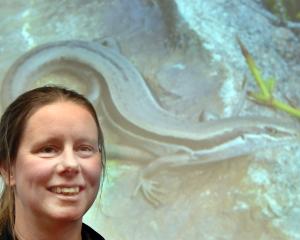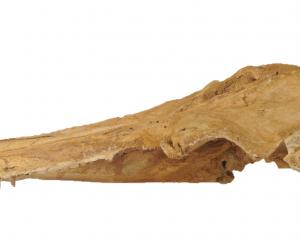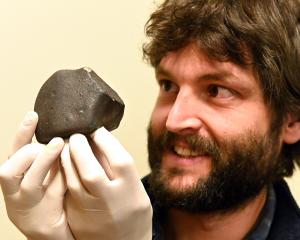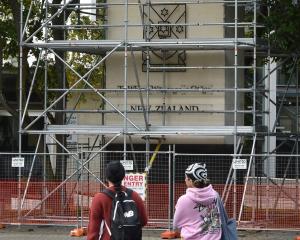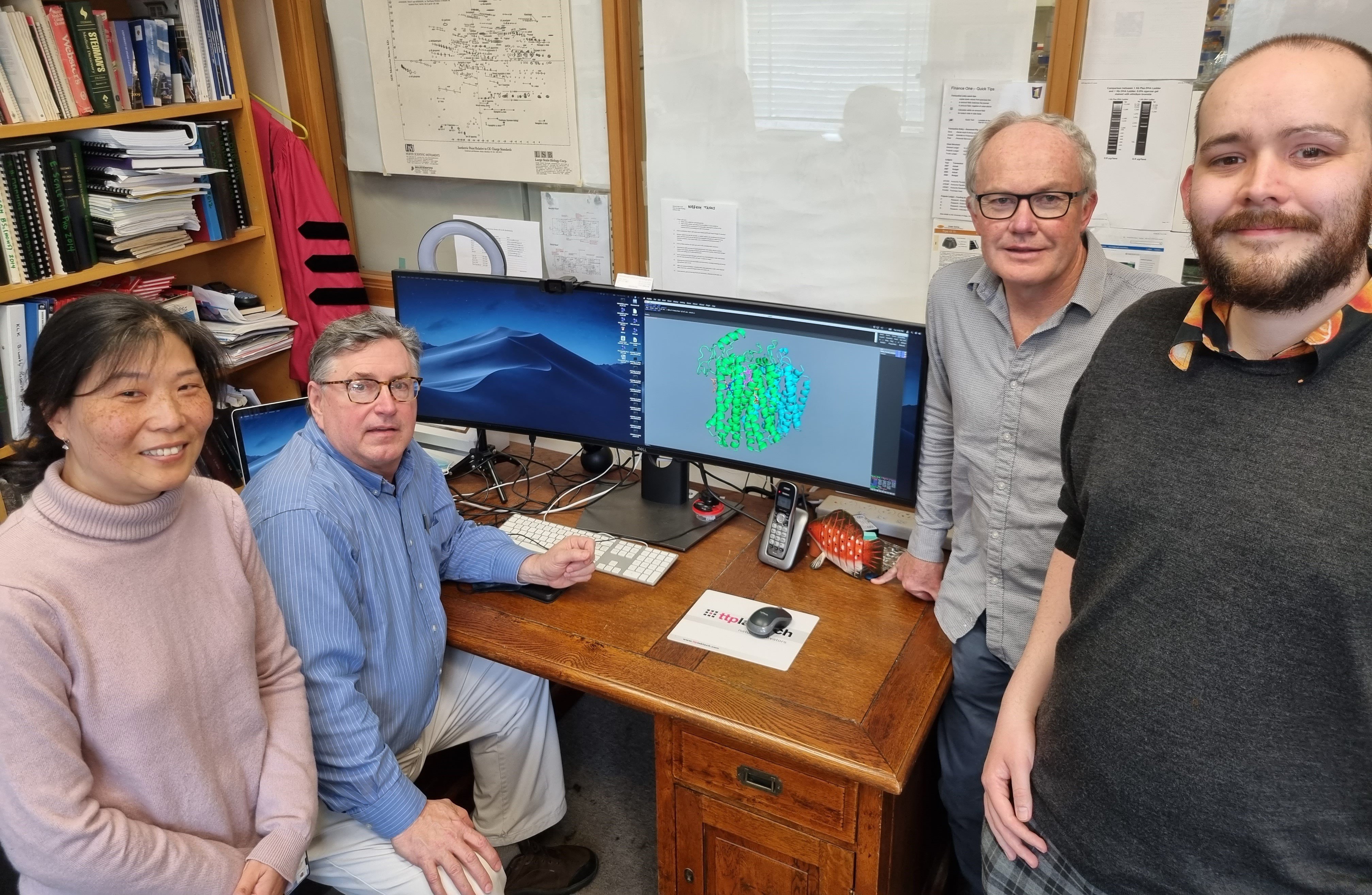
Biochemist Prof Kurt Krause and microbiologist Prof Greg Cook are part of an international collaboration with Nobel Prize winner Prof Hartmut Michel, of Germany’s Max Planck Institute of Biophysics, that has determined the atomic structure of a protein called bd oxidase.
Prof Krause said the discovery would serve as an important template for drug discovery and for producing fast-acting drugs — ideally a four-week course - to replace the present side-effect heavy, six-month treatment protocol.
"Tb is the world’s leading cause of death from infectious diseases and a rapid cure could lead to world-wide elimination of Tb.
"This would have an enormous global health impact.
"The holy grail in infectious diseases would be a rapid cure for Tb and the determination of the bd oxidase structure from the bacterium that causes Tb is a key first step in exactly that direction."
The bd oxidase protein lived in the cell membrane of the Tb bacterium and helped it breathe under very low oxygen conditions that often occurred in infected lungs during a Tb infection.
"Knowing the structure of this protein will speed up the process of designing and discovering small molecules that can block bd oxidase function and help to rapidly kill Tb germs," Prof Krause said.
"Our detailed insights into the long-sought atomic framework of the cytochrome bd oxidase from Mycobacterium tuberculosis will form the basis for the design of highly specific drugs to act on this enzyme."
Tb is one of the hardest infections to treat.
It is very hardy, resilient, hard to kill and hard to study in the lab because it grows very slowly.
Prof Cook said 10 million people developed Tb every year and it killed about 5000 people a day.
It had infected two billion people and had killed onebillion before anti-Tb drugs were discovered.
"Tb is hard to cure now because at best it requires normally four drugs taken for about six months and the side effects are extreme.
"In fact, people often cannot adhere to the regime because of the side effects and the length of the time the drugs must be taken," Prof Cook said.
"It requires more drugs over an even longer period if the Tb bacteria causing the infection are resistant to common Tb antibiotics, which happens on average in about 5 to 10% of cases."
A Marsden grant and Royal Society of New Zealand Catalyst funding allowed Profs Krause and Cook to focus on this project for about six years, but scientists worldwide had been working on making this discovery for more than two decades.
Prof Krause said the plan now was to start building on the bd oxidase structure to understand its mechanism, identify tight inhibitors and refine those inhibitors into a multi-drug cocktail to rapidly cure Tb.
"It is going to take a long time to reach this goal, but having the structure now in hand gives us exactly the encouragement we need to keep pushing forward towards our goal of rapid treatment for Tb."
- Staff reporter

